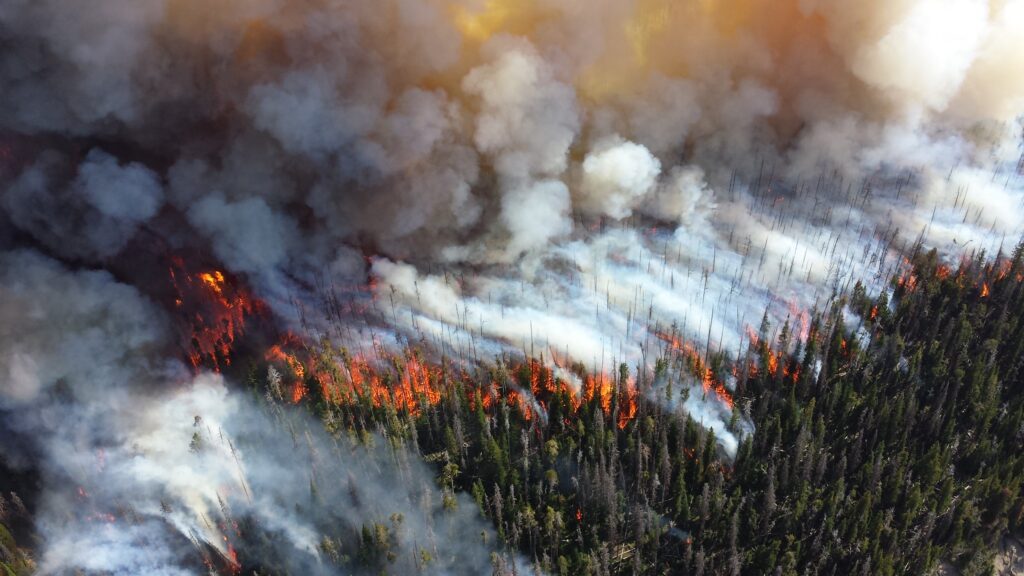
According to a new study published by Stanford University, the average number of people in the U.S. exposed to unhealthy levels of airborne particulates at least one day a year has increased 27-fold over the last decade as a result of wildfires.
Millions of Americans are now routinely exposed to plumes of wildfire smoke that sometimes travel thousands of miles across the country. Accumulations of deeply unhealthy air have emerged mainly in the West, where increasingly intense wildfires have become all too common. Six of the seven largest wildfires in California recorded history have occurred since 2020.
Wildfire smoke has resulted in school closures, flight postponements, and even cancelled concerts. Overall, the regression in air quality has undone much of the clean air progress that has taken place since the advent of the Clean Air Act in 1970.
Wildfire smoke has added about 5 micrograms of PM 2.5 particles per cubic meter of air on average in many places in the West. This is a substantial increase from national levels, which are a total of about 10 micrograms per cubic meter and mostly result from emissions from cars, trucks, and power plants.
A decade ago, fewer than 500,000 Americans were exposed to any days of an air quality index of 100 or more due to smoke, which is a level that is deemed unhealthy. In 2020, 25 million Americans were in areas with such levels at least one day during the year.
Ordinarily, if people don’t live near a highway or power plant, their air quality is likely to be pretty good. But incursion from wildfire smoke is changing that, and the trend is likely to increase.
**********
Web Links
Number of Americans Exposed to Harmful Wildfire Smoke Has Increased 27-Fold
Photo, posted August 19, 2013, courtesy of Mike Lewelling / National Park Service via Flickr.
Earth Wise is a production of WAMC Northeast Public Radio
Leave a Reply